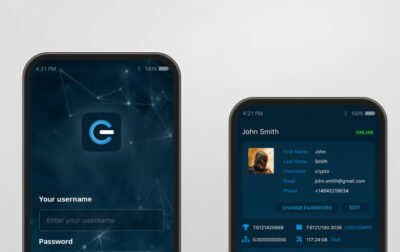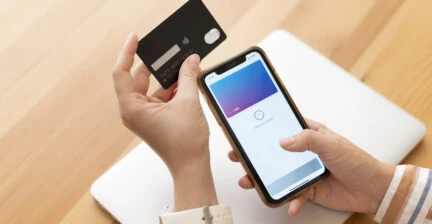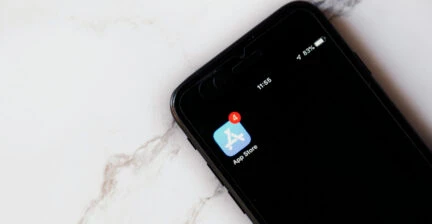How to publish your app on Google Play in 2024 (Updated 2025)
As of Q4 2024, the Android operating system still dominated the mobile app market with over 72% of mobile devices running on it. To connect with these people, your app, without a doubt, should be available in app stores. Touchlane’s mobile team offers you a tutorial on how to upload your app to the Google Play Store.
1.
Step 1. Preparation
Prior to completing the upload procedure, we advise you to go through the two-step preparation checklist below. These are the actions that you should take.
Register as a Google Developer
Having a Google Play Console developer account is the first thing you need to do. The process is quite straightforward.
1/ First things first, you visit the registration page (as linked above).
2/ Next, set up your account. This involves a one-time $25 fee. It will allow for publishing multiple applications with the use of the same account. You can choose between registering as an organization or setting up an account for yourself.
3/ Lastly, you must enter the details for your account.
Prepare Your App
You are now good to start preparing your app for publication. Here, we also advise three rules to adhere to:
1/ Examine the policies of the Google Play Developer Program and see if your app adheres to them. Malicious software, inappropriate or unoriginal content, and impersonator apps are not allowed by Google Play. Your app also needs to be built for the latest Android version to be accepted.
2/ Test the app vigorously, launch and use it on a couple of devices with various operating system versions and screen sizes.
3/ Ensure your app’s description catches a user’s eye. Prepare high-quality snaps and advertising photos, and design a good-looking icon. These assets should accurately represent your app to draw in consumers.
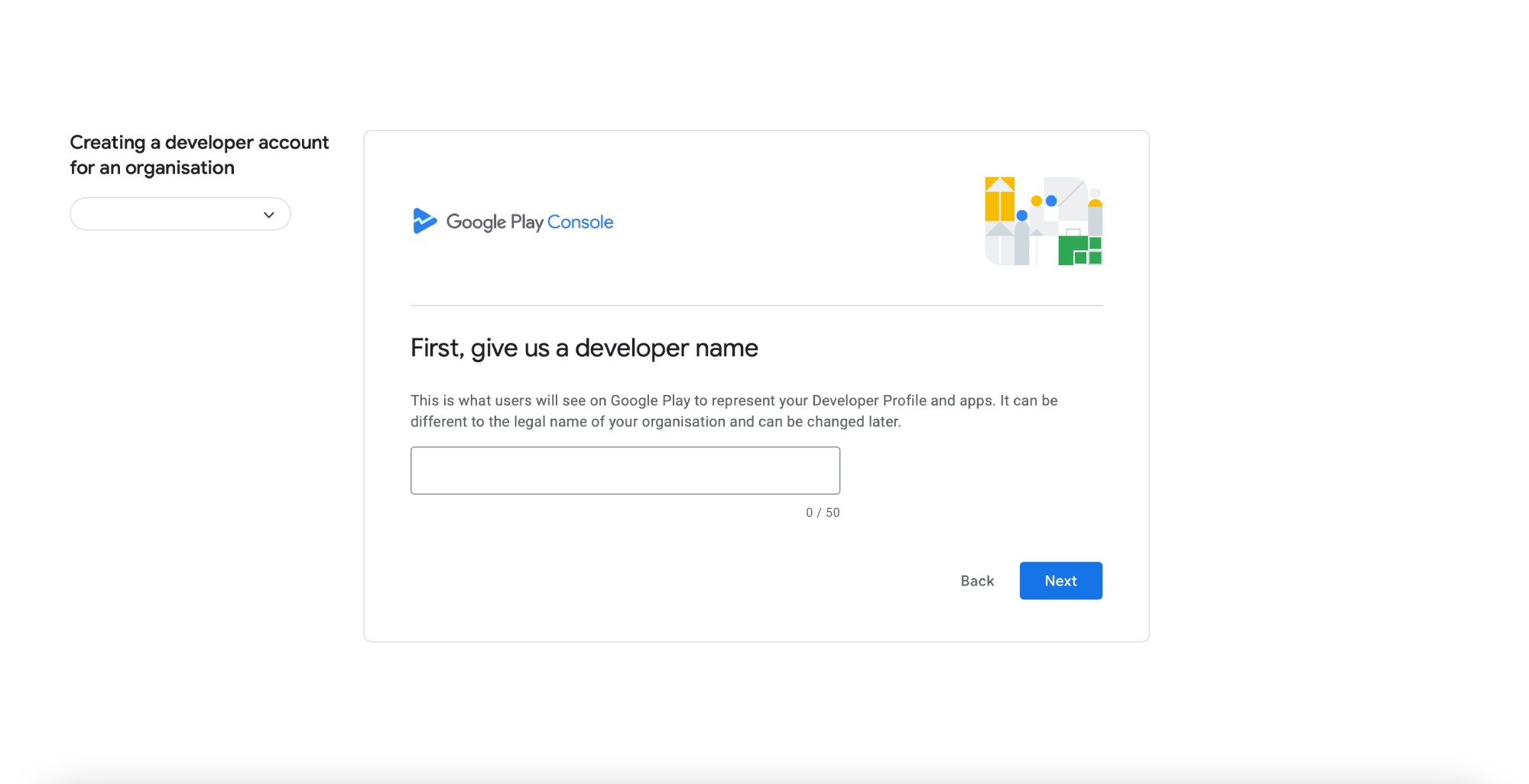
You are now good to start preparing your app for publication. Here, we also advise three rules to adhere to:
1/ Review Google Play policies
Examine the policies of the Google Play Developer Program and see if your app adheres to them. Malicious software, inappropriate or unoriginal content, and impersonator apps are not allowed by Google Play. Your app also needs to be built for the latest Android version to be accepted.
2/ Test the app on multiple devices
Launch and use your application on a couple of devices with various operating system versions and screen sizes.
3/ Prepare descriptions, icons, and screenshots
Create high-quality snaps and advertising photos, design a good-looking icon.
Ensure your app’s description catches a user’s eye. These assets should accurately represent your app to draw in consumers.
Latest Google Play policies to consider
March 2025
Google Play is introducing a Child Safety Standards policy that requires social and dating apps to meet specific guidelines and self-certify compliance in Play Console before publishing.
January 2025
January 22, 2025, was the deadline for apps to comply with the new permission policy, which limits broad access to photos and videos. Developers must declare their app’s need for such access if it is core to their functionality
October 2024
Google Play launched an expanded Medical Functionalities policy. The service updated its language to reflect the latest medical guidance and disclaimer requirements for health and medical apps. Health-related policies are now consolidated under the Health Content and Services page.
Use the right app format
Google Play requires Android App Bundles (AAB) instead of APKs for new apps. Existing apps are not currently required to switch to AABs.
2.
Step 2. Configuring your app in the Google Play Console
Log in and proceed by creating a new app
Open the Google Play Console and log in with your developer credentials. Inside, you must fill out your app’s basic details by clicking on “Create app.” This includes:
- Name of the app
- Its language
- App’s type (game, app)
- Pricing model: free or paid.
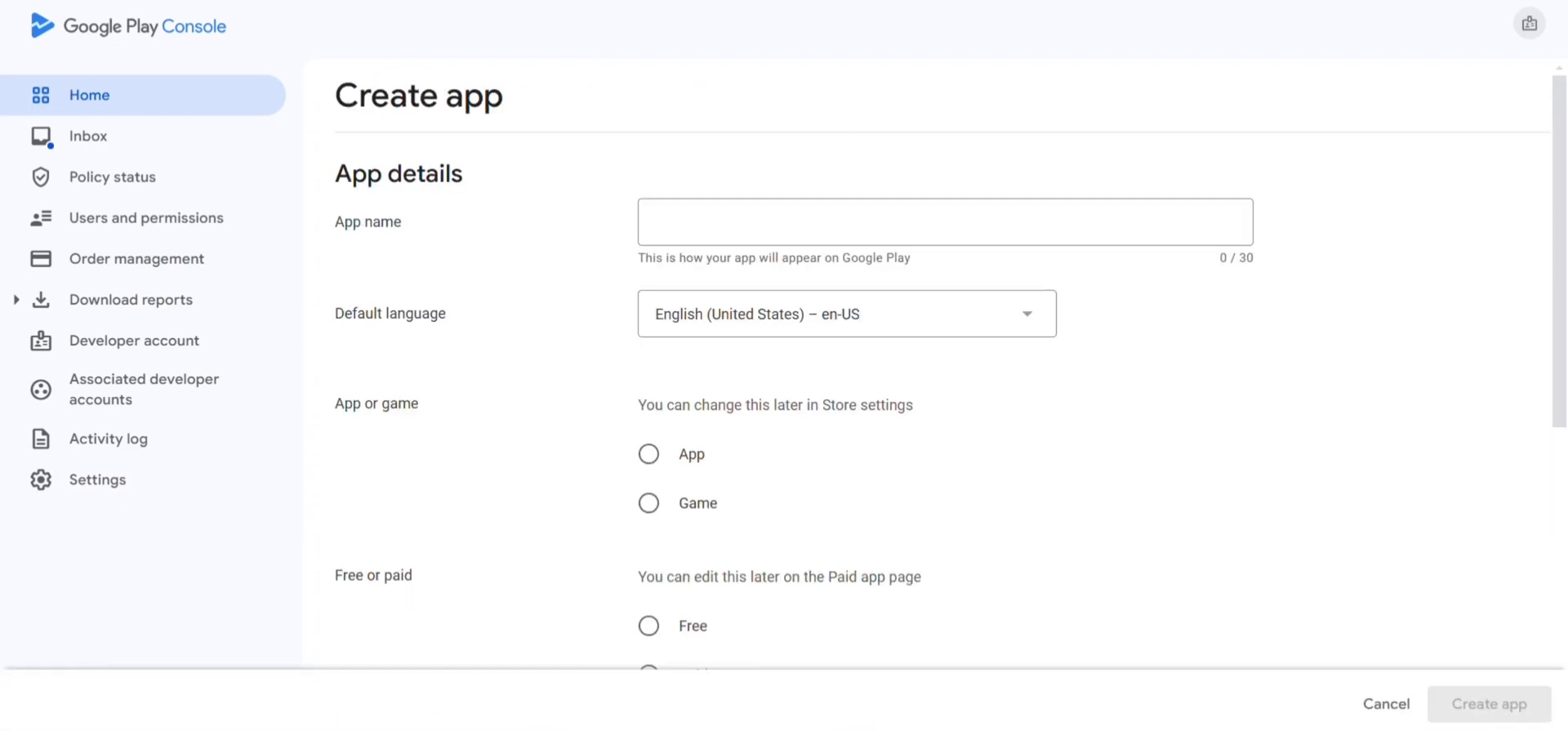
Provide app details
Finding your app in the store is key to user acquisition. So, the next thing you need to do is submit your application’s details. Among them are:
- Application details (title, complete and brief descriptions)
- App’s categorization (category and tags)
- Graphics and other assets (one or more icons, screen grabs, and, optionally, promo videos)
- Developer’s contact information (email and/or other accessible channels in case your app’s consumers seek assistance).
To guarantee that your application is visible and easily findable in the store, we recommend carefully choosing keywords. Incorporate a number of them in the title and descriptions so that people may find your app. The best way to find out the kind of keywords that can promote your app is by utilizing store suggestions and conducting a competitor analysis.
3.
Step 3. App content and distribution
This stage is critical since it has an immediate effect on user growth, engagement, and the success of the app as a whole.
Set up pricing and distribution
Most apps are available for free – only 3.02% of apps (as of January 2025) in the Google Play Store require immediate payment.
Free apps usually attract a larger user base. They are monetized through a number of methods, including in-app purchases and in-app advertising.
Paid apps may draw fewer users but offer instant revenue from purchases. This pricing model is often used by niche, one-of-a-kind apps with next to no competitors in the market. If your application is not among them, we advise making it available for download for free.
Your next step is to choose regional availability and pricing structure.
You can designate specific regions your app will be launched in. When making this choice, take into account local regulations, market demand, and language support.
There are also multiple pricing tiers available on Google Play. It is possible to establish various pricing for different locations based on purchase power and market conditions.
App content requirements
Google has stringent content standards in place to guarantee user privacy. Any illegal content, including hate speech, improper materials, and violent content, will most likely cause its removal from the store.
What should definitely be included in the app is a clear privacy policy. It needs to specify the ways user data is gathered, used, and secured. Your Google Play Store listing and your app must link to this policy.
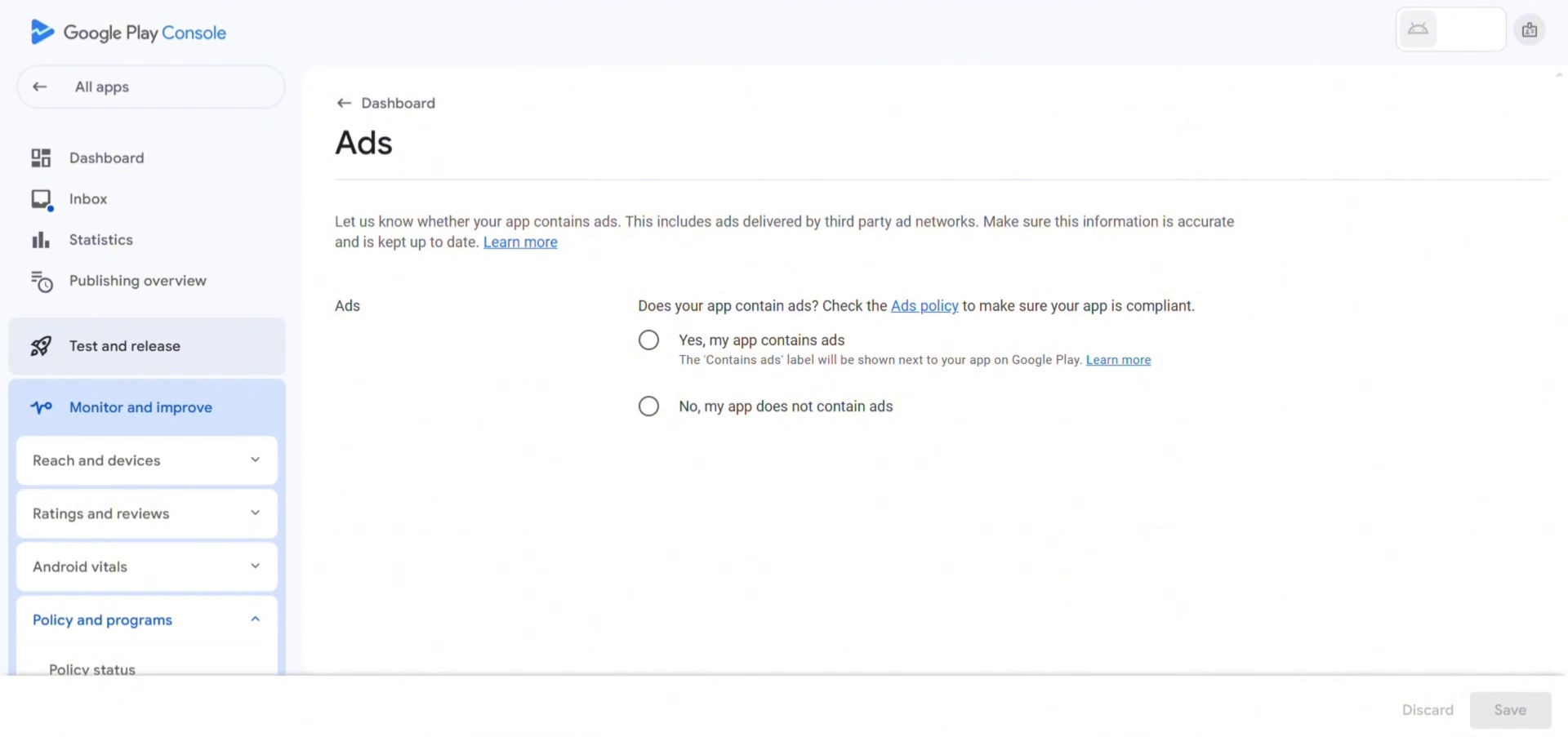
AI-generated content policies
Google Play has specific guidelines for apps that use AI to create content. These rules are meant to keep users safe and make sure the platform stays trustworthy. Here’s a simpler breakdown of the main points.
Key rules
- Follow the guidelines. Apps with AI-generated content must follow all of Google Play’s existing rules. This includes bans on harmful content like hate speech, scams, or anything that exploits children.
- Let users report issues. All applications need to have a way for users to report or flag content that feels offensive or inappropriate.
- Banned activities. Apps cannot use AI to create or share private images without consent. In addition, they are prohibited from tricking people – e.g. phishing – or breaking security rules.
- Exceptions for good causes. Some uses of AI, like for education, art, journalism, or research, might be allowed even if they do not fully fit the rules.
How Google enforces the rules
- Checking applications. Google uses both computer systems and real people to review apps. They look for things like hate speech, inappropriate content, or other rule violations.
- Updating policies. The guidelines get updated regularly to keep up with new technology and challenges. Google works with developers to make sure the platform stays safe.
Help for developers
Resources and tips
Google provides guides, like the People + AI Guidebook, to help developers build AI apps responsibly.
Easier app submissions
Google is working to make the process of submitting AI apps clearer and faster.
To sum it up, Google Play’s rules aim to balance innovation with safety and make sure AI apps are used in ways that benefit everyone.
Expert tips for app monetization success
4.
Step 4. Preparing for launch
This final pre-launch step sets the groundwork for a successful start and subsequent effective performance.
Final checks
Be sure to rigorously test and validate your app before release. At Touchlane, we advise going through the checklist below:
- Functionality / Check that every important feature works the way it should. Test multiple scenarios, including error handling and edge cases.
- Usability / Make sure the software is simple to use and understand. To get experience input, conduct user testing.
- Security / To find weaknesses, do extensive security testing. Implement strict security protocols for user data, especially if you offer in-app purchases.
- Compatibility / Test the app on a variety of screens and devices. Check if it is compatible with various Android versions.
- Performance / Make the app as responsive and fast as possible. Keep an eye on how much memory, battery life, and CPU are being used.
Finally, when you check all the boxes above, double check to make sure you included all assets (images, videos) needed to promote your app. Review the content guidelines to ensure compliance. Also, verify your app’s name, description, and keywords.
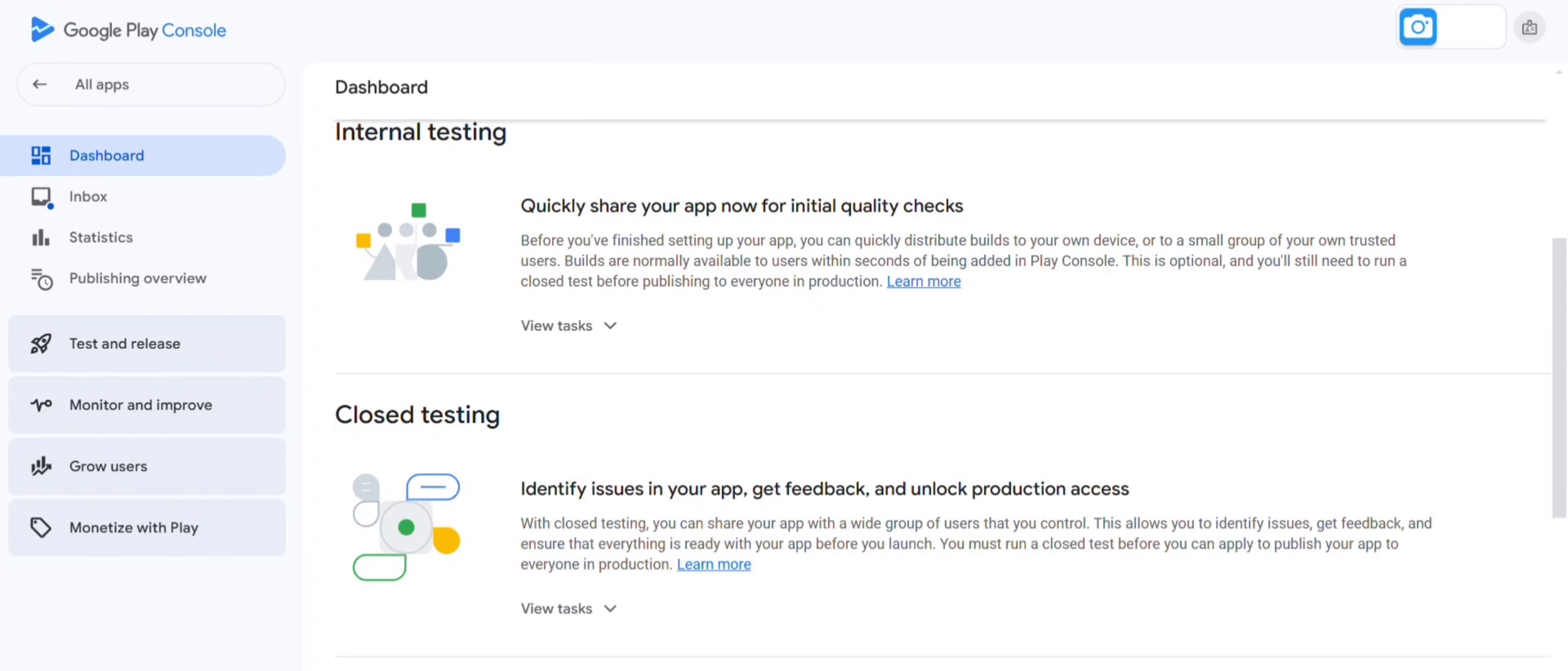
Publishing your app
Once you submit your app to the Google Play Store, it undergoes a rigorous evaluation process. This review can take anywhere from a few hours to a few days. In this period of time, your app’s status will be listed as Pending Review. The store will provide specific feedback if your application is not approved. Respond to the issues promptly and then submit your app to the Play Store once again.
Post-launch best practices
Marketing your app
Success in app promotion requires effective advertising. Social media can be a great tool to connect with users. Furthermore, promoting your application in blogs and on reviewing websites can greatly improve discoverability. For focused user acquisition, think about taking advantage of Google Ads to develop customized campaigns.
Regular updates
Regular app upgrades are necessary to keep users happy and engaged. To make the software better every time and get new feature ideas, seek reviews from users. To fix errors and improve speed, release updates frequently.
Conclusion
To publish an Android app on Google Play successfully requires careful planning, adherence to the guidelines, and continuous refinement of your post-launch approach.
Stick to the following checklist to make your upload a success:
- Prepare carefully – register on Google Play Console, study policies, and create supporting materials for your application (screenshots, icons)
- Fill in all app details inside Google Play Console – these include name, language, category, and more
- Describe your app’s content – choose payment type, set up ads and region
- Get ready for launch – double check all the information, do security testing, check the guidelines, and submit your app for review by Google
- Support your application post-launch – regularly update the app and test various marketing channels and opportunities.
In some cases, it may become a bit too much, and you may prefer to entrust this task to domain specialists. At Touchlane, we are ready to utilize our extensive background in developing, launching, and supporting mobile applications to handle everything for you, ensuring optimal app store performance.
This article was first published on August 12, 2024, and updated on March 5, 2025 to feature new data.
RELATED SERVICES
CUSTOM SOFTWARE DEVELOPMENT
If you have an idea for a product along with put-together business requirements, and you want your time-to-market to be as short as possible without cutting any corners on quality, Touchlane can become your all-in-one technology partner, putting together a cross-functional team and carrying a project all the way to its successful launch into the digital reality.
If you have an idea for a product along with put-together business requirements, and you want your time-to-market to be as short as possible without cutting any corners on quality, Touchlane can become your all-in-one technology partner, putting together a cross-functional team and carrying a project all the way to its successful launch into the digital reality.
We Cover
- Design
- Development
- Testing
- Maintenance

